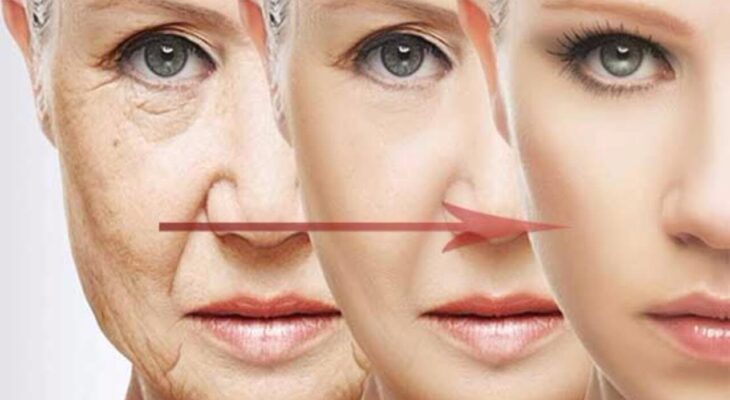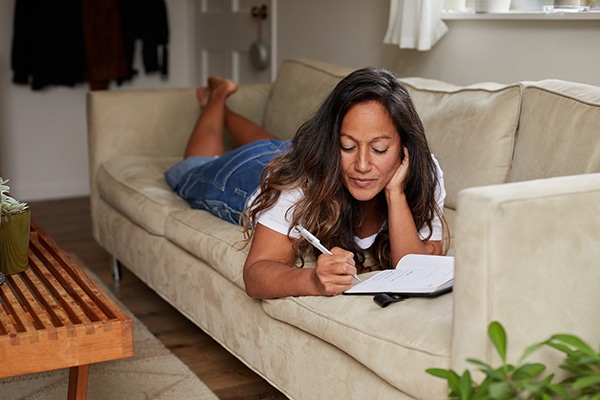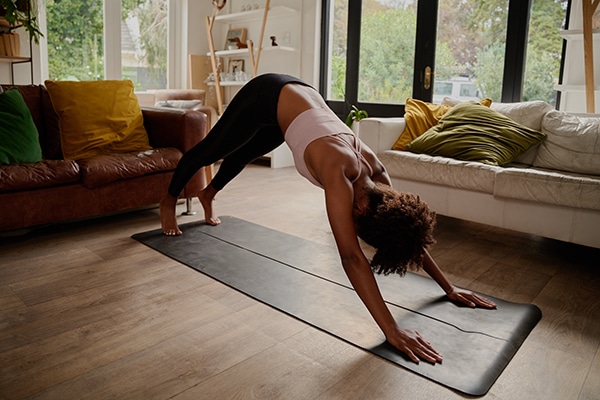If you’re an avid walker, runner, or cyclist — or you just enjoy cueing up your favorite BOD workouts outdoors — then you need to make sure you’re keeping your skin protected from the sun.
Wearing sunscreen is just the first step.
You should also be sure to schedule an annual skin check with your dermatologist and make self-exams a regular part of your skincare routine.
“Regular skin checks are one of the best ways to protect yourself from the dangerous forms of skin cancer,” says Ife J. Rodney, M.D., F.A.A.D., board-certified dermatologist and the founder of Eternal Dermatology + Aesthetics in Fulton, M.D.
So what goes into a proper skin check, and why is it so important?
Here’s what you need to know.
What Is a Skin Check?
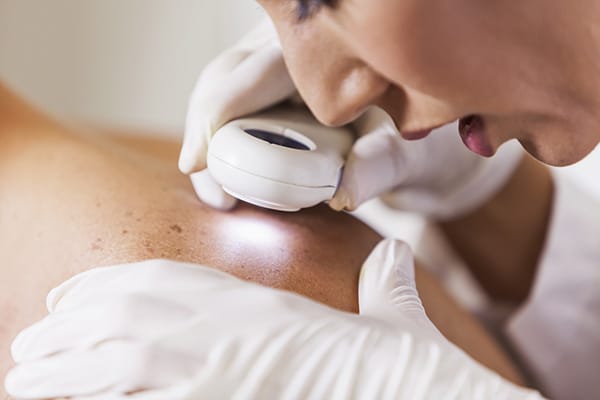
A skin cancer screening, a.k.a., “skin check,” is a visual examination of your skin performed by a dermatologist.
The exam typically takes 15 minutes or less. You’ll be asked to put on a gown, and your dermatologist will check your skin from scalp to soles and look for any unusual spots such as moles, freckles, or birthmarks.
Your dermatologist will look closely at any spots with a magnifier called a dermatoscope to check for bleeding or crusting.
“What looks like a simple mole or blemish could be the sign of something more severe,” Rodney says.
“Any suspicious spots are photographed, and if they’re really concerning, a biopsy is taken,” says Debra Jaliman, M.D., a board-certified dermatologist in NYC, Assistant Professor of Dermatology at Icahn School of Medicine at Mount Sinai, and author of Skin Rules: Trade Secrets from a Top New York Dermatologist.
If you have a spot biopsied, you’ll typically get your results within a week or two.
How Often Do You Need a Skin Check?
The Skin Cancer Foundation recommends getting a professional skin exam at the dermatologist once a year (or more often if you’re at an increased risk for skin cancer).
“This is an appointment that can save your life, as a melanoma can be deadly if not discovered early,” Jaliman says. “Early detection is lifesaving.”
In between annual exams, it’s important to check your own skin at home regularly.
“If you’re exposed to the sun daily, have a family history of skin cancer, or have had skin cancer before, you should do your own screening once a month,” Rodney says.
How to Do a Skin Check at Home
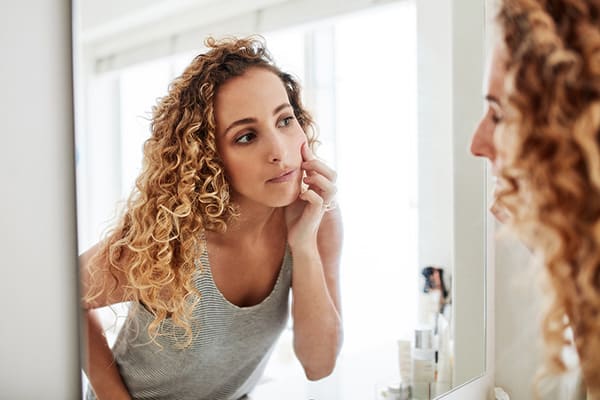
Perform your skin check in a well-lit room with a full-length mirror, and keep a hand mirror nearby to help you check any hard-to-see areas, Rodney says.
Here’s what to look for:
Anything new or unusual
“You should be looking for any moles, blemishes, spots, or freckles that look out of the ordinary,” Rodney says.
“These include spots that have suddenly increased in size or changed in shape, sores that refuse to heal, moles, rough patches, and other irregular blemishes that crust or bleed,” she adds.
Easy-to-miss spots
Don’t overlook the skin under the breasts, between the fingers and toes, under the toenails, and on your genitals and scalp, Rodney advises.
Ear lobes are another often-overlooked spot you should include in your skin check.
Many people forget to apply sunscreen there, and “they do get substantial exposure to sun,” Jaliman says.
Any changes
If you notice a mole that changes shape, grows, gets darker, or bleeds, make an appointment with your dermatologist to have it checked out immediately, Jaliman says.




